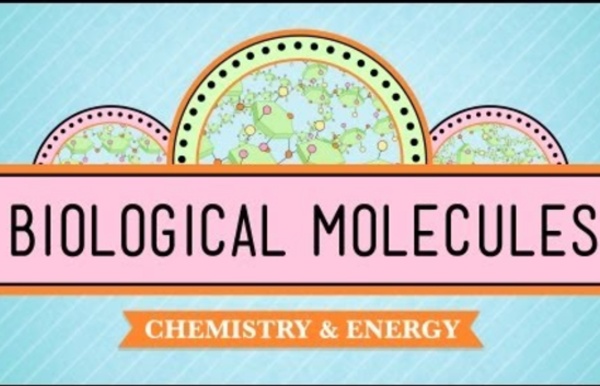



http://www.youtube.com/watch?v=H8WJ2KENlK0
Related: Topic 3: Energy SystemsEssential Amino Acids: Definition, and Functions Definitions of Essential Amino Acids Amino acids are the smallest unit of protein and can be defined as an organic molecule made up of amine and carboxylic acid functional groups—an amino acid is composed of nitrogen, carbon, oxygen, and hydrogen molecules. Essential amino acids, also called limiting amino acids, are those that can not be produced in our body and there fore have to be obtained from food sources. There are 8 essential amino acids.
Can Technology Help Us Eat Better? Dr. Snyder’s research led him to co-found January. The company provides its customers with continuous glucose monitors and then uses artificial intelligence to help them make decisions about what to eat, including predictions about how they might react to different foods before they even eat them. The programs, which are not covered by insurance, are not cheap. The starting price for Levels is $395, which includes a telemedicine consultation and two Abbott FreeStyle Libre glucose monitors that are programmed to run for 14 days each. Nutrisense offers its customers a variety of packages that range in price from $175 for a two-week program to $160 a month for an 18-month commitment.
Condensation Reaction A condensation reaction occurs when two molecules join to form a larger molecule and release a smaller molecule(s) in the process. The smaller molecule lost in the reaction is often water, but it can also be methanol, hydrogen chloride, acetic acid or several other molecules. Condensation reactions occur naturally in biological and chemical processes on Earth or synthetically by man-made means. If a condensation reaction happens between various parts of the same molecule, it is called intramolecular condensation. A condensation reaction that occurs between two separate molecules is called intermolecular condensation.
A Critical Analysis of the Documentary 'Supersize Me' In 2004, the American film-maker Morgan Spurlock made a documentary film “Supersize Me”. Produced in response to the unsuccessful legal suits against McDonald’s fast food, the film brings to light Spurlock’s own experiment with eating fast food and, above all, addresses those Americans who are obsessed with unhealthy fast food. The film-maker conducted the experiment for a month, during which he ate food only from McDonald’s and observed the impact of fast food on his physical and emotional well-being. The more he ate in MacDonald’s, the more side-effects he experienced, including depression, fatigue, sexual problems, headache, and chest pain. The camera captures all emotional and physical changes which occur in Spurlock. The film-maker cooperates with three doctors (a gastroenterologist, a cardiologist, and a general practitioner) who indicate the changes in his physical and psychological state (Sheehan, 2005, p.69).
Explainer: what are trans fats? Trans fats – they’re in our chips, bakery goods, popcorn and cakes. We know we should avoid them, but what exactly are they, and why are they so bad for us? First, let’s take a step back and look at how trans fats fit into the two broad categories of edible fats: saturated and unsaturated. What are saturated fats?
Fat Fat are an essential part of our diet and is important for good health. There are different types of fats, with some fats being healthier than others. To help make sure you stay healthy, it is important to eat unsaturated fats in small amounts as part of a balanced diet. When eaten in large amounts, all fats, including healthy fats, can contribute to weight gain. Fat is higher in energy (kilojoules) than any other nutrient and so eating less fat overall is likely to help with weight loss. How Your Body Uses Carbs and Fats for Energy – Enzymedica One of the timeless comparisons we are told growing up is that our body is like a machine. It needs fuel in order to power its daily functions. However, for a lot of people, that’s all they remember. What is the “fuel”? How does it power the “machine”? To put things in perspective: Carbohydrates, proteins and fats comprise 90% of the dry weight of the diet and 100% of its energy.1
Sporting performance and food Daily training diet requirements The link between good health and good nutrition is well established. Interest in nutrition and its impact on sporting performance is now a science in itself. Whether you are a competing athlete, a weekend sports player or a dedicated daily exerciser, the foundation to improved performance is a nutritionally adequate diet. Daily training diet requirements The athlete’s diet